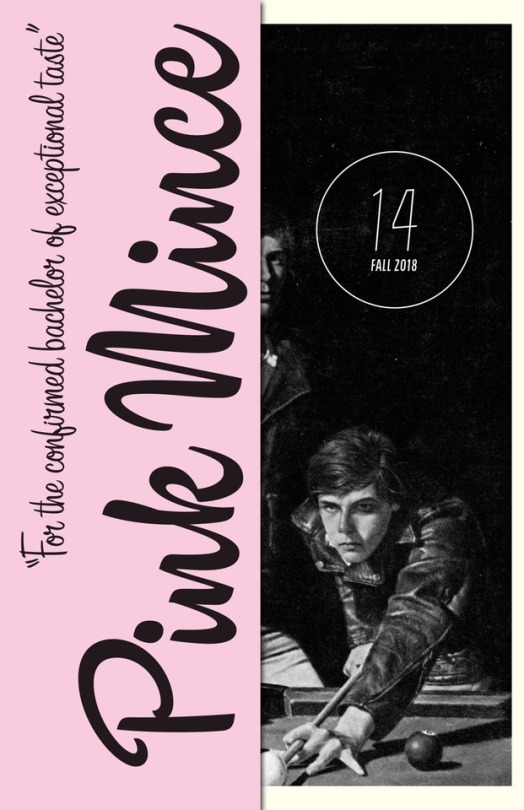
Pink Mince #14 — Very Influential — is at the printer and ready to debut at the NY Queer Zine Fair this weekend! Come check it (and other great stuff) out!
Ragtag grab-bag

Pink Mince #14 — Very Influential — is at the printer and ready to debut at the NY Queer Zine Fair this weekend! Come check it (and other great stuff) out!
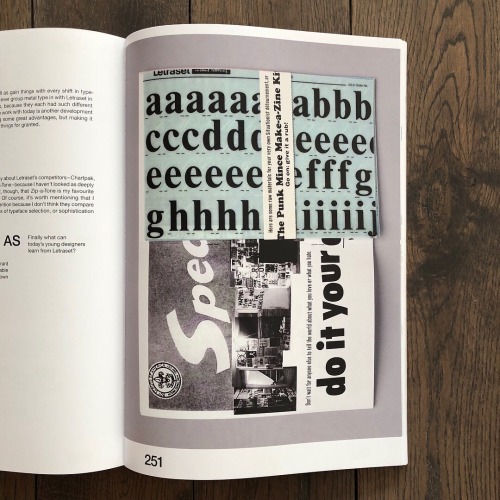
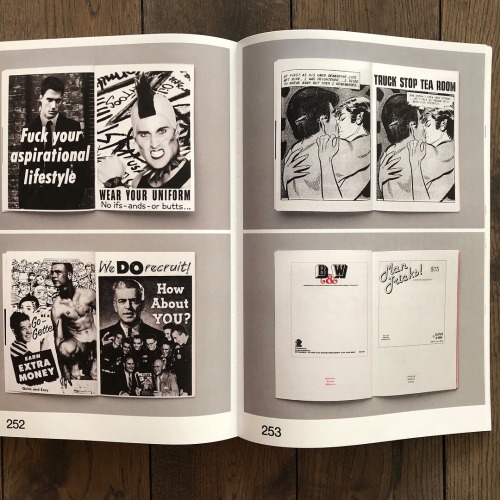
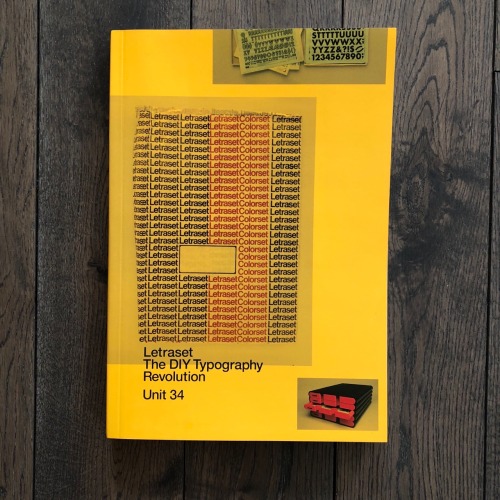
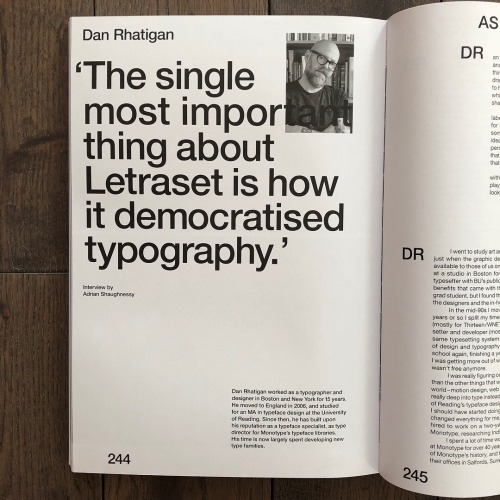
Spreads from Pink Mince looking pretty fancy in “Letraset: The DIY Typography Revolution” from @uniteditions
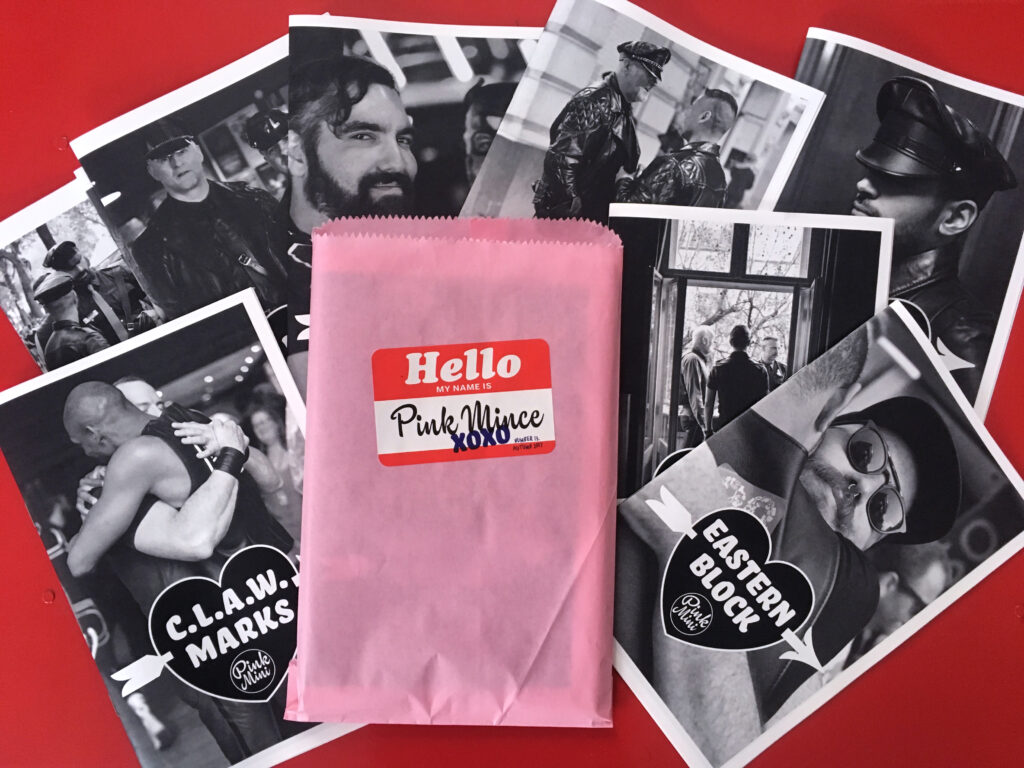
Pink Mince #13 — XOXO — grew into a year-long photo project, but it started as a just a day back in September 2016 when I visited Berlin for Folsom Europe and wanted to have my camera on hand to take some snaps and keep me from feeling too fidgety. I wasn’t expecting to see so many people I’d know over the years, or for one day’s photography to turn into a year of making new friends and documenting the leather subculture.
Order Pink Mince #13 and other issues at http://pinkmince.com

Pansy Craze: the wild 1930s drag parties that kickstarted gay nightlife
The 1920s also saw an increase in the number of bohemian enclaves in rundown areas, such as New York’s Greenwich Village. Painters, poets and performers were lured by the cheap rents and by an increasingly wild and lawless lifestyle. Prohibition had given birth to a black market for booze and a bustling underground scene, where bright young things slumming it in mob-run nightspots developed a taste for camp, cutting repartee.
LGBT people were flocking to cities as much for the nightlife as for the ability to connect with others. Soon, Variety was reporting that Broadway “will have nite places with ‘pansies’ as the main draw. Paris and Berlin have similar night resorts, with the queers attracting the lays.” In Berlin, you could hear singers performing Das Lila Lied (The Lavender Song), one of the earliest songs to celebrate homosexuality. “This song became the gay anthem of the time and still has status today,” says singer Ute Lemper. “The lyrics are witty and ballsy, quite unbelievable.” You can hear its influence in the work of Rufus Wainwright, Marc Almond and others.
Every European capital, and several major US cities, had similar scenes: London had Douglas Byng and Noël Coward, who once admitted: “I should love to perform There Are Fairies in the Bottom of My Garden, but I don’t dare. It might come out There Are Fairies in the Garden of My Bottom.”
Performers, including the acid-tongued Malin, quickly eclipsed the drag acts that had been a stage staple for decades. Malin began his own career in drag, as Imogene Wilson, but it was as the tuxedoed MC of Club Abbey that he “gave Broadway its first glimpse of pansy nightlife”, as Mark Hellinger of the Syracuse Journal put it. At Club Abbey, Malin ditched the dresses and reinvented himself as a high-camp, waspish, obviously gay man – and it was this that singled him out. For possibly the first time ever, an entertainer’s entire act revolved around an explicit queerness. “What was novel is that he did not bring a drag act to the club, but instead performed in elegant men’s clothing, and brought with him the camp wit of the gay subculture,” explains LGBT historian JD Doyle. “If he was heckled by men at the club he knew how to cut them to shreds, to the delight of the crowd.” At 200lbs and over six feet tall, few would argue with him anyway.
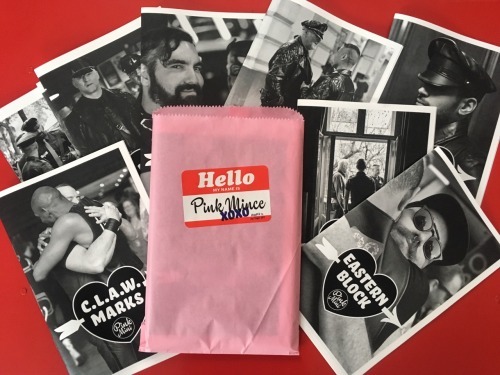
Pink Mince #13 — XOXO — is a set of 10 mini-zines, a 164-page collection of portraits taken at leather events over a 12-month period. Come check it out at the New York Queer Zine Fair or order a set from pinkmince.com
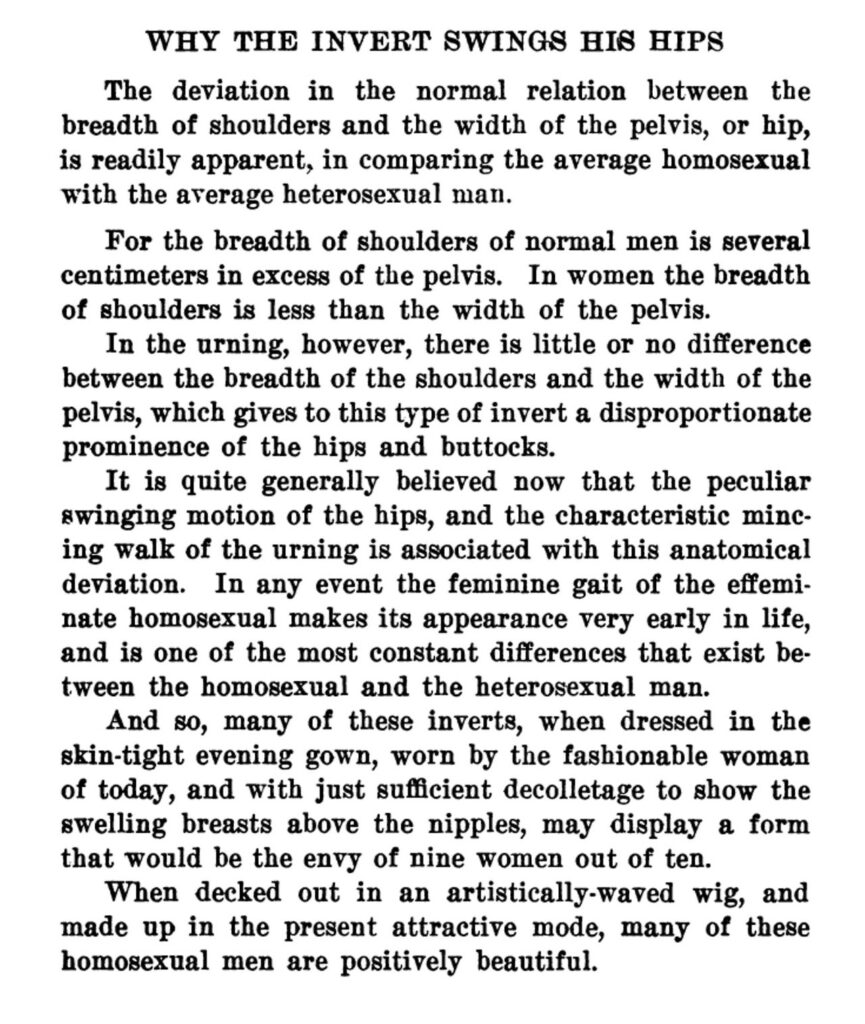
Why the Invert Swings His Hips
from Strange Loves: A Study in Sexual Abnormalities
by La Forest Potter, 1933
“these homosexual men are positively beautiful”
now turn and walk for me again. i need to look at your buttocks… for science!

I’ve been photographing fetish events this year for a future Pink Mince issue. This installment is DNA Leather Weekend in Asbury Park, NJ.
“Learning from Letraset”, a talk I gave at Cooper Union on February 22, 2016, as part of Type@Cooper’s Herb Lublin Lecture Series
Letraset and other brands of rub-down type literally put typography in the hands of the people. Rub-down type made it possible for students, professionals, and everyone else to design with real typefaces, without needing professional typesetting services. A cheap and easy way to experiment with typography and other graphic elements, Letraset put a lot of care into making type easy to use well, but it also resulted in a lot of ways to use type badly, but with interesting results. With some care and attention, however, it was a great way to develop an eye for typography.
This talk was a look at Letraset’s type and other graphic supplies, showing how they put the tools of professional design into everyday hands. It also looked at how people had to improvise with Letraset, and made the most of the materials at hand.